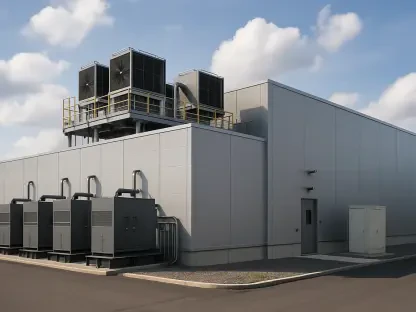Building a Minimum Viable Product (MVP) is a critical step for startups in the Software as a Service (SaaS) space. It’s the initial version of your concept, essential for market validation. However, without careful planning, MVP development can be full of pitfalls that waste resources and hinder your product’s impact. This guide will walk you through building your MVP the right way, avoiding common mistakes that can hold back your venture’s growth from the beginning.
The Imperative of Market Research Before MVP Development
Successful MVPs begin with thorough market research. Too many startups skip this step and later realize their MVP doesn’t address a significant user problem. Understanding your target audience and their specific challenges is crucial. Identifying these pain points ensures your product has a market at launch.After market analysis, a Proof of Concept (POC) is crucial, especially for SaaS platforms with complex technical requirements. A POC lets you test the market needs and your capabilities to meet them with less investment than a full MVP. This avoids later costly and time-consuming changes, positioning your MVP for success.
Concentrating on Your SaaS’s Unique Selling Proposition (USP)
Your MVP should concentrate on your Unique Selling Proposition (USP)—what differentiates your product. Initially, resist the urge to add secondary features; these can come after proving your MVP’s value.Use templates and components to speed up development, focusing on your USP’s core functionality. Delaying non-essential features like advanced user management or integrations saves money and gets your MVP to market faster, appealing directly to your target customers.
Streamlining Development with Time and Resource Management
Set a realistic timeline for your SaaS MVP development, generally within 30 to 60 days. Longer timelines can signal a bloated MVP. Efficient time management maintains a lean product and manageable scope, essential for a successful MVP rollout.Choose cost-effective resources for your MVP, like affordable hosting and startup-friendly cloud services. Effective resource management keeps costs low, freeing the budget for areas like customer acquisition and market research.
Pricing Strategies for a Profitable SaaS MVP
Pricing your MVP correctly is tricky. Too low may undervalue your product, while too high can hinder early adoption. Your pricing should reflect the product’s value and support a sustainable model.Research what customers will pay, ensuring it covers costs and remains profitable. Consider value-based pricing—how much value does your solution provide your customer? Price it to attract early adopters and secure a viable financial future.
Navigating the Challenges of Freemium Models and Trials
Crafting an MVP is essential for SaaS startups, validating your concept in the market. You must take a strategic approach, as missteps can be costly and detrimental. To build an MVP correctly:1. Define your target audience and the problem you’re solving clearly.2. Prioritize functionalities that highlight your product’s unique value.3. Embrace simplicity to speed up development and focus on a functional product.4. Engage in feedback loops with early users to refine and enhance your offering.By focusing on these elements, startups can create an MVP that resonates with users and sets the stage for growth. Aim for a balance between minimalism and utility, ensuring the MVP is a reliable test of the product concept. Avoid complicating your MVP or deviating from your business core, which could undermine your venture’s potential from the outset.









